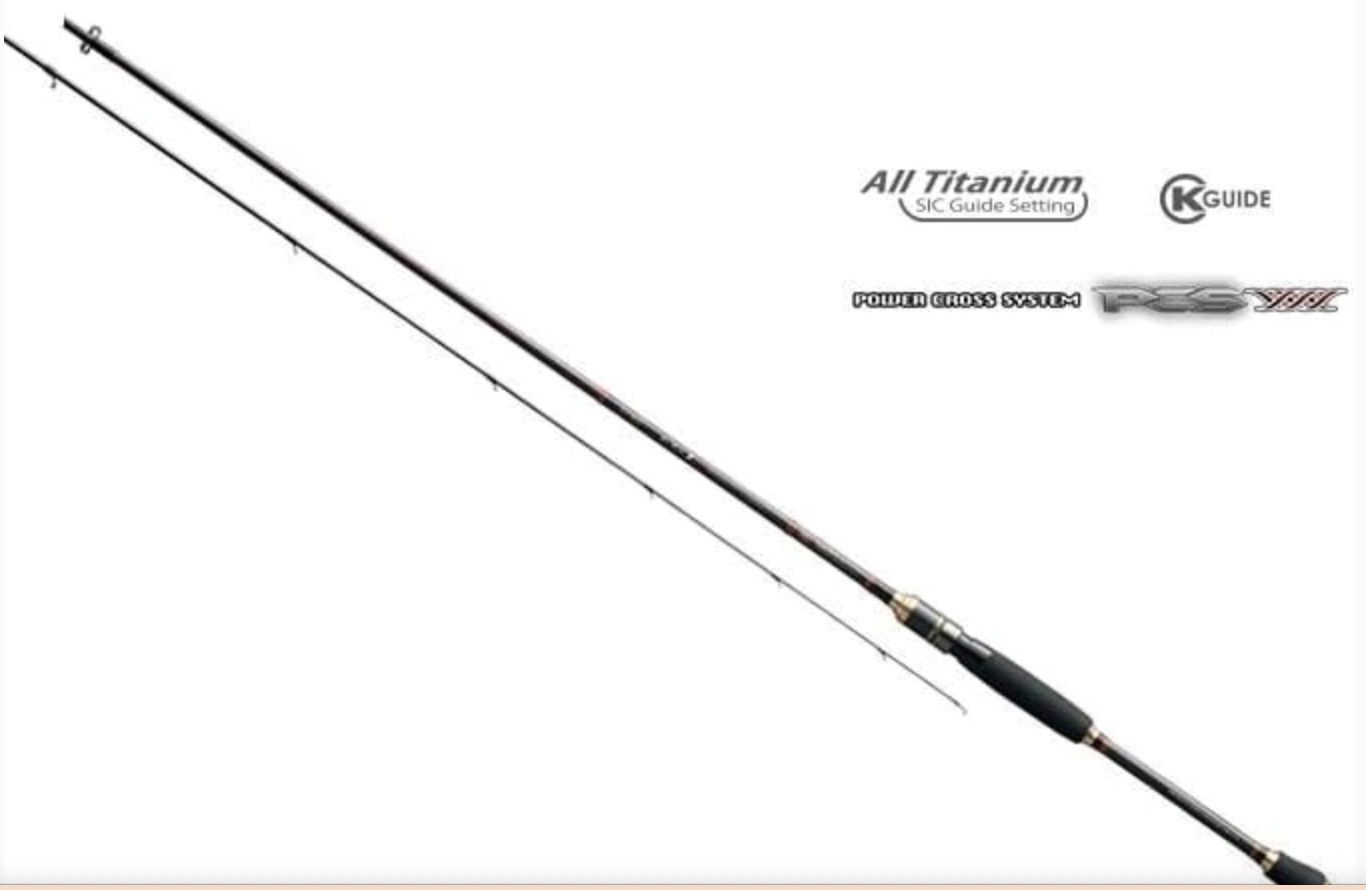Squid fishing jigs are a year-round option whether you are catching them for bait or a feed. Squid is a significant cephalopod for human consumption and as a bait for other water creatures. Squids come in a variety of kinds and harvesting ways throughout the world’s oceans. Squid are violent creatures, and while catching them is never easy, they aren’t as difficult as many people believe. The goal is to choose the greatest jig you can afford and match it to the conditions in terms of color, size, weight, and style.

How to become a successful Squid Fisherman?
To become a successful squid fisherman you must know these four significant factors:
1. Sufficient lighting – Squids are attracted to more vibrant lights. Hence, the more the shining lights in the water the more likely you are to catch squid. Many piers have a light on them and on busy nights these piers get overcrowded with dedicated squid fishermen. Many of them bring along a generator and huge floodlights to attract the squids while fishing.
2. Squid fishing jigs – Instead of traditional squid fishing rods fishing jigs have a ring of very thin and sharp wire hooks. The wire hooks snag the squid’s tentacles as the squid assaults the lure, rather than hooking it in the mouth. These wire hooks are usually attached to a weighted or unweighted body with glow-in-the-dark features.
3. Squid jigging technique – Adopting the proper technique for jigging is crucial. Firstly, cast your squid jig a little distance from the dock, no further than the edge of the light you’re targeting. It will be ineffective to cast far beyond the light.
4. Best tide for catching squids – The most predictable trend of squid tides is slack tides. Slack tide is the time of low current that occurs during high and low tide. During these phases, the squid seems to come closer to the lights and bite more vigorously. Furthermore, it’s always preferred to go squidding at night.
The basic features of squid fishing rods
The most common squid fishing rods are comprised of padded reel seats and EVA handles with EVA butt ends. This is the usual hand position. It has an excellent and firm grip, so every knock, catch, take, and so on may be directly conveyed to your hands, providing you with as much feedback as possible. Fishing rods, on the other hand, are constructed differently. The rod’s length is way too long, and the handles are just far too short to compensate. Squiding is a lifelong process, and the best part is that the time and work you invest into developing basic techniques and styles is always rewarded.

